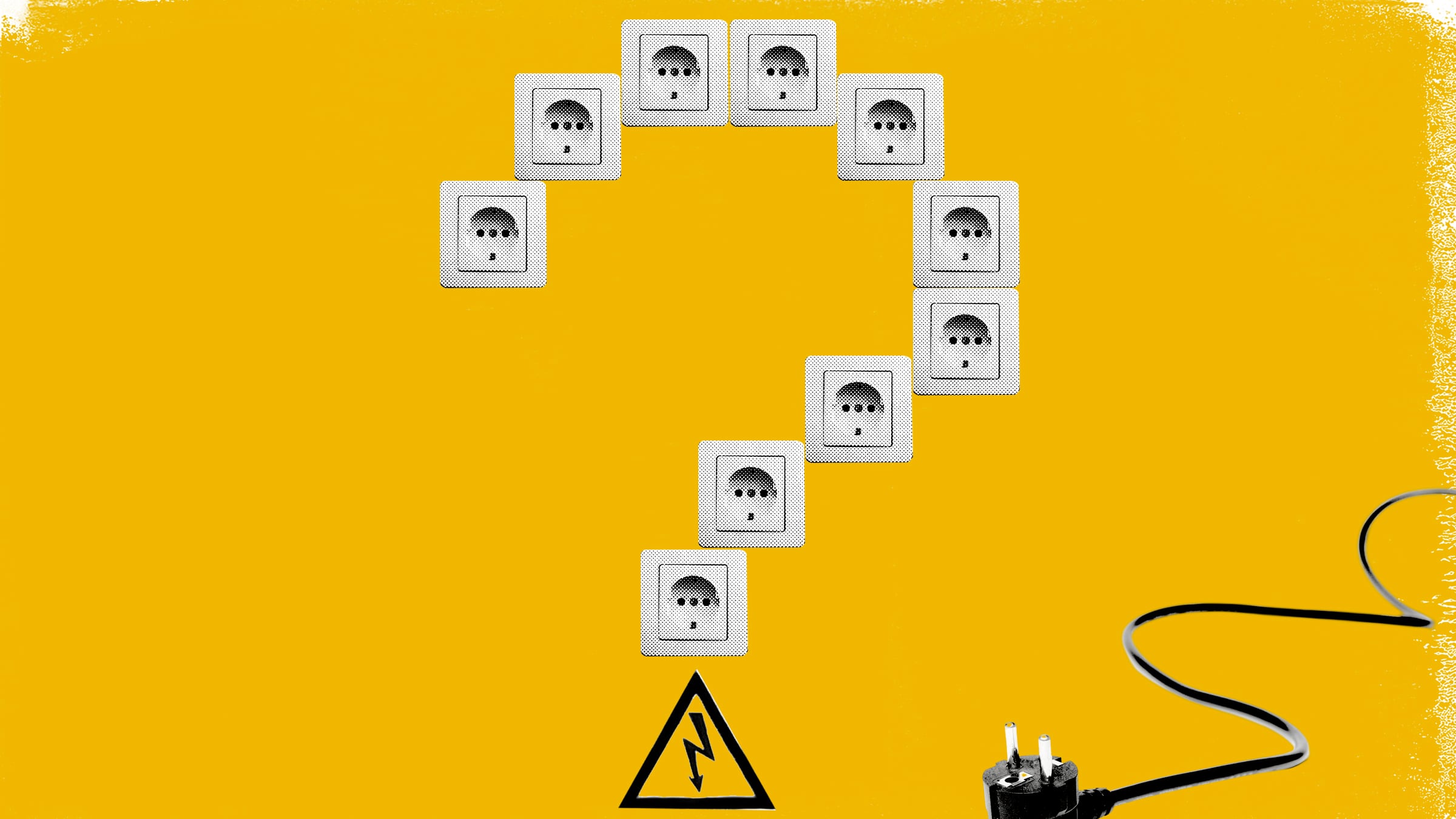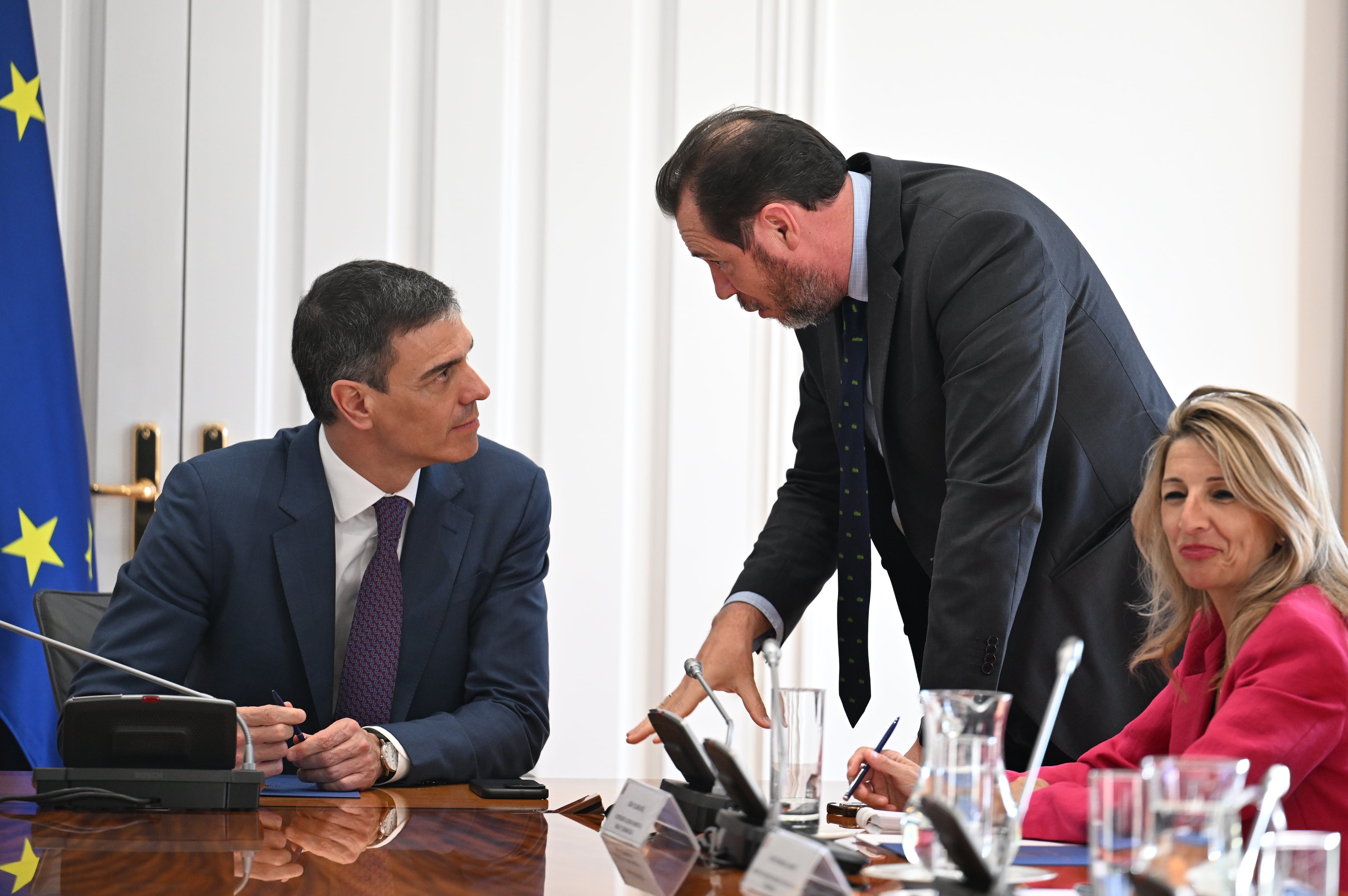A blackout to illuminate, not to go back | Opinion

Barely A few hours without electricity They have served to show our enormous vulnerability derived from energy dependence of current way of life. To the restlessness of those hours now joins the one that can cause misinformation, either in the form of malicious bulos, well derived from the complexity of the electrical system. The Spanish Electricity Ride System has never failed in this way, and perhaps that is why the attention it requires has not been paid. Something so transcendent for our way of life should be better known to citizens so that their keys were better understood, which would vaccinate against bulles and misinformation. Without knowing the causes of what happened, there are some elements that should be kept in mind.
The electrical system in Spain and throughout Europe works synchronized at 50 Hz, a frequency that reflects the balance between generation and energy consumption. Any sustained deviation can compromise system stability. To avoid this, it is crucial to have inertia, the ability of certain generators to resist sudden variations in that frequency thanks to its rotating mechanical components. This stabilizing function is met by synchronous generators, present in technologies such as nuclear, gas or hydraulic, while sources such as photovoltaic and wind solar provide physical inertia to the system, based on electronic (investors) converters with which they work.
Our system has been working for decades: clean energy and mechanisms that guarantee stability, combining traditional physical inertia with technological solutions that reinforce operational control and safety.
On the other hand, there are managing technologies, that is, they have greater flexibility to adapt to each moment, and others that are not so much, understanding by managing or flexible that which can respond with agility: up, lower, turn up or turn off quickly. Thus, a synchronous technology but that is not manageable (Nuclear) It does not have the necessary benefits to support the system and respond to an incident like this Monday.
Was it on April 28 the day with more renewable energy? No. There have been days with greater renewable penetration. For example, on April 16 and 17, the renewable generation in the central hours of the day was superior. Has the system fallen because the nuclear park did not work? Radically false, since it had operated more than 3.5 GW of nuclear energy. If something distinguishes on Monday, at 12.33, it is that there was no hydraulics in the system, despite being a renewable, manageable and synchronous. However, market signals with negative prices caused hydraulics not to enter the mix.
The order of the factors. It is important to note that on April 28 there was a destabilization of frequency, and as a consequence of this A 15 GW reduction of solar generation (that is the chronological order, not vice versa). In other words, it is not that the system fell because there was a lot of photovoltaic, as some will try to make us believe, but that the photovoltaic was disconnected because one of the key operation variables oscillated, the frequency of the system.
So what failed? Whatever the explanation of the initial incident, which We hope to meet quickly and transparently, The first thing to conclude is that what happened on the 28th is something exceptional. In other latitudes, in systems with few interconnections, generalized blackouts have also been suffered, such as the case of the state of Texas in February 2021, where the system took weeks to recover normal. In any case, we need to make a debate without traps and from rigor.
The restoration of the system needs a gradual process of “renergization” that comes from the hand of the interconnections and managed technologies such as hydraulics and the combined cycles, with the immediate support of the sources of renewable origin. Therefore, a technology such as nuclear, without that characteristic flexibility of others, does not imply immediate help in those situations. In fact, 24 hours later they were still standing.
With these considerations, some conclusions can already be extracted. The first is that the system needs energy sources that, in addition to being clean and costing, make it more robust (have that inertia that the synchronous generation provides) and manageable (the flexibility that gives the capacity to ignite and shutdown quickly). Wind and photovoltaic add up, and much, in relation to the first. And manageable, synchronous, renewable and faster response energy is, by far, hydraulics.
Rather than focusing on the nuclear, we should put it in the jewel of the isolated Iberian system, hydraulic energy. Hydraulic plants, Like all generators, they have the obligation to make them available to the system operator on days like Monday, when the reservoirs were full thanks to the great rainfall of recent months. The defense of public interest means starting talking about who should decide how and when the renewable, manageable and synchronous par excellence operates, giving that role to the system operator. It is hydraulic energy that can contribute greater stability to the system.
Secondly, it is necessary to open the debate on the deployment of storage, With technologies such as reversible hydraulics, battery systems or the possibility that self -consumption facilities are prepared to operate in specific moments on island, that is, without being connected to the main network.
After a fact As exceptional as Monday, returning to a less renewable and more centralized model would be something like shooting a shot in the foot when the weather does not stop letting us and the geopolitical situation has jumped through the air. We have to deepen a renewable and distributed model that undertakes the necessary reforms for the system to have more robustness and more protagonists.
This is a more resilient solution against possible technical failures, to extreme climatic episodes OA Infrastructure problems. We achieve that a set of small assets provide the same services provided by large plants: system balance, frequency or backup regulation at high demand moments. And all this without neglecting that both large plants and small facilities must respond to cybersecurity and data protection criteria, guaranteeing that their operation and operation are always controlled within the EU framework.
The moment is unique. Red Electric must analyze the causes with depth and transparency. Spain is a leader in renewables and advances in a logic of energy autonomy, favoring reindustrialization processes due to minor energy costs. Let us not let certain private interests want to take the opportunity to stop the renewable deployment to maximize the results account, taking advantage of the time to consolidate a centralized and controlled model. Perhaps it is the occasion to define a renewable, competitive, participated and safe energy model where the general interest is the key to the vault of these basic principles.








